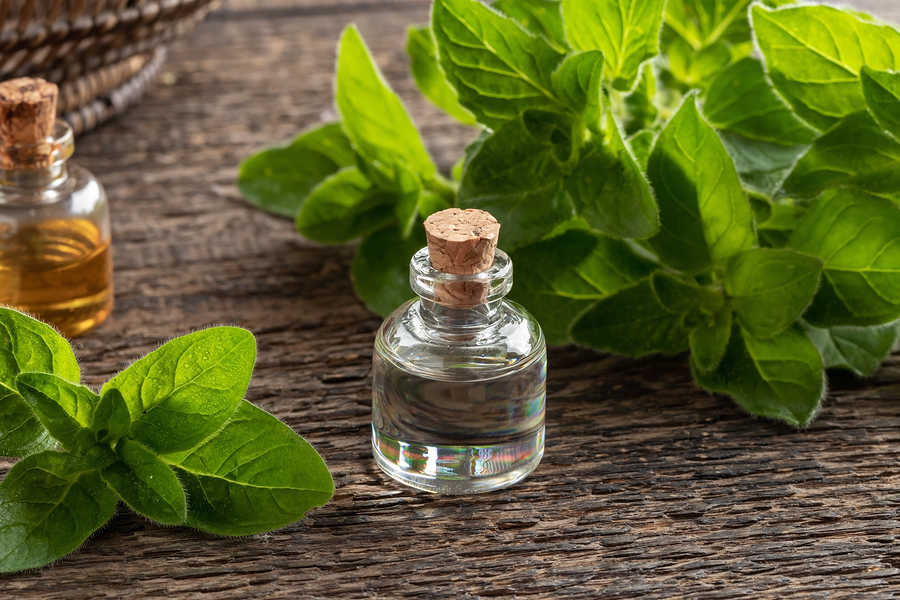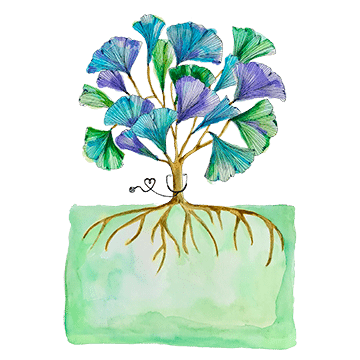
Oil of Oregano: Essential Topical Remedy for Fungal and Bacterial Infection
Research shows that oil of oregano – made from the oregano plant – has antimicrobial, antiviral and antifungal properties. When diluted and used topically, oregano oil may help treat fungal and bacterial infection. It can also be applied to the skin for the treatment of acne, athlete’s foot, canker sores, psoriasis, rosacea, and warts.
Preliminary research indicates that oregano oil may also help protect against certain bacterial infections, such as Staphylococcus aureus infection, and may reduce the overgrowth of candida yeast.
Diet, stress, and gut health, among other factors, always need to be addressed when fungal and bacterial conditions are present. Ideally, a holistic doctor will address the root cause of these symptoms. However, during the journey to restoration of health, they may suggest something like oregano oil to help manage symptoms.
Important: Do not confuse oregano oil with oregano essential oil. The essential oil must be diluted with a carrier oil (such as almond, sesame oil) and should not be used internally. Oil of oregano is a medicinal herb usually found in capsule form. Some people may be allergic to medicinal preparations of oregano. To ensure purity and safety, speak to your holistic health practitioner before using oil of oregano.
References
Orchard A, Van vuuren S. “Commercial Essential Oils as Potential Antimicrobials to Treat Skin Diseases”. Evid Based Complement Alternat Med. (2017) doi:10.1155/2017/4517971 Accessed 9 May 2020
Bona E, Cantamessa S, Pavan M, et al. “Sensitivity of Candida albicans to essential oils: are they an alternative to antifungal agents?” J Appl Microbiol. (2016) 121(6):1530-1545. doi: 10.1111/jam.13282. Accessed 9 May 2020
Harry G. Preuss, Bobby Echard, Azad Dadgar, Nadeem Talpur, Vijaya Manohar, Mary Enig, Debasis Bagchi & Cass Ingram “Effects of Essential Oils and Monolaurin on Staphylococcus aureus: In Vitro and In Vivo Studies” Toxicology Mechanisms and Methods. (2005)15:4, 279-285, DOI: 10.1080/15376520590968833. Accessed 9 May 2020

